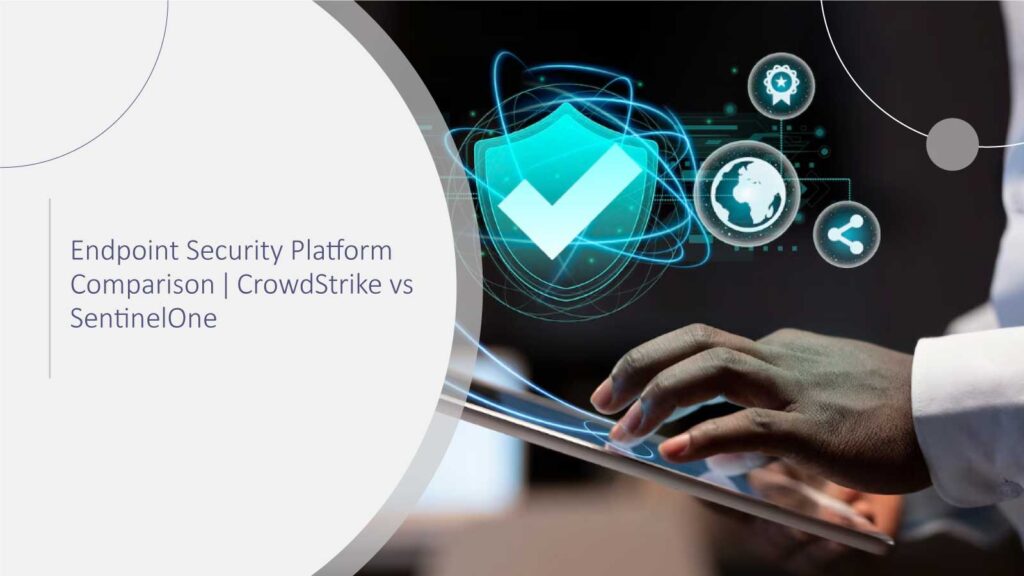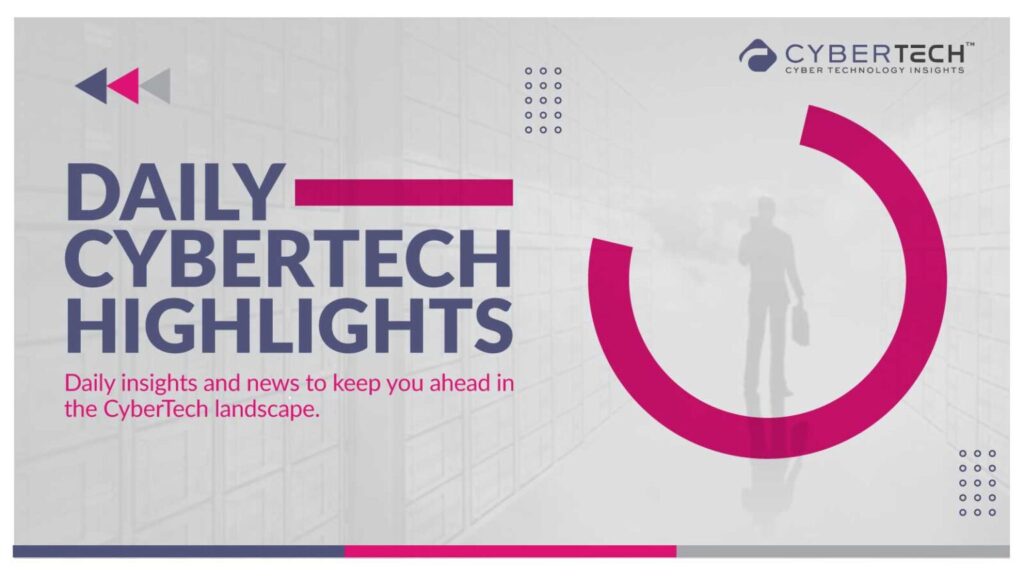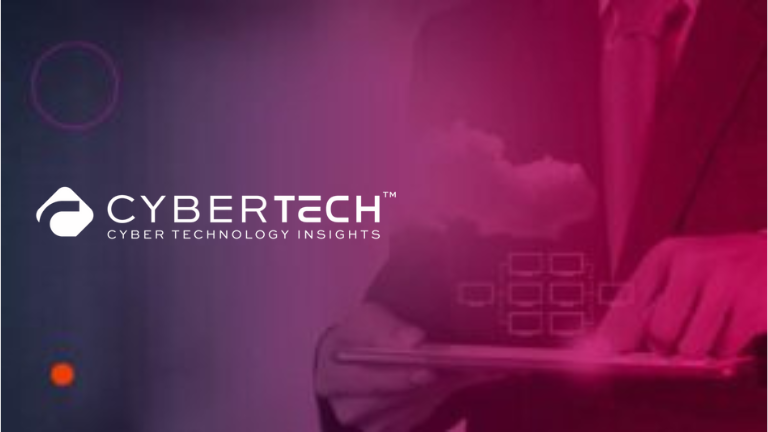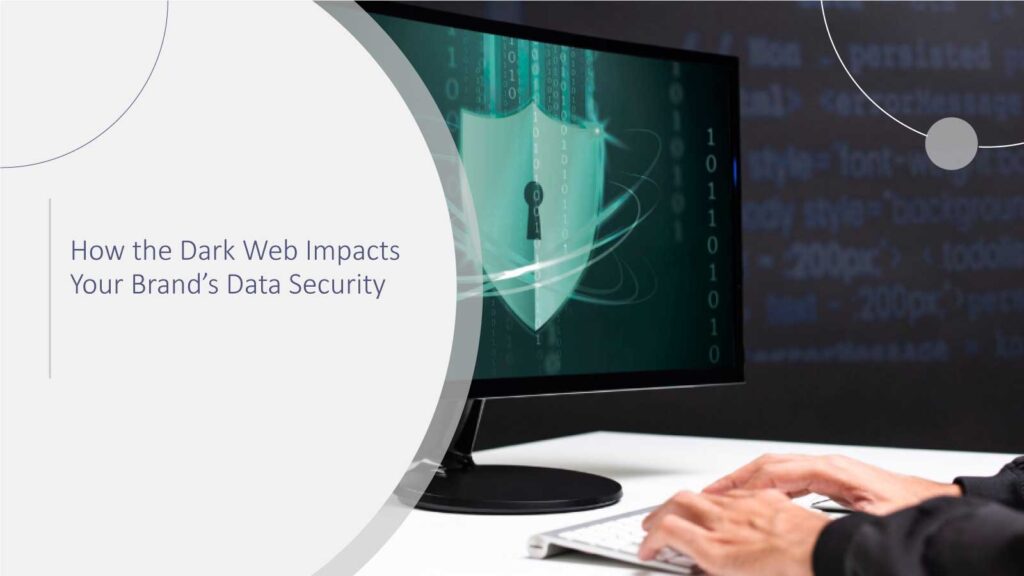In 2025, endpoint protection is no longer just about blocking malware, but it’s about proactive threat detection, real-time remediation, and seamless integration across hybrid environments. Two platforms consistently leading that evolution are CrowdStrike and SentinelOne, especially their CrowdStrike Falcon and SentinelOne Singularity. But while both offer next-gen endpoint security, they approach the challenge with distinct strategies.
This article compares their capabilities side by side, not to crown a winner, but to help CISOs and IT decision-makers align platform strengths with organizational needs. If you’re building a resilient, adaptive, and intelligent defense posture, this breakdown will give you clarity.
The Evolving Role of Endpoint Protection
The threat landscape has changed. Adversaries are faster, stealthier, and increasingly AI-powered. Today’s enterprise needs more than traditional antivirus or reactive monitoring; it needs intelligence-driven, automated defense platforms that can keep up.
CrowdStrike and SentinelOne represent that shift. They don’t just log events or flag anomalies, but they correlate behaviors, predict attack paths, and automate real-time response. Each brings a powerful blend of detection, visibility, and also speed. The key is knowing which one fits your specific architecture and also your security maturity.
As we previously covered in our deep dive on CrowdStrike’s browser telemetry integration, the convergence of endpoint and identity telemetry is critical for identifying evasive threats.
Company Overview: Similar Missions, Distinct Approaches
CrowdStrike Falcon: Intelligence-Led Security for Complex Enterprises
Mission and Market Focus
Founded in 2011, CrowdStrike is widely recognized as a pioneer in cloud-native endpoint protection. Eventually, the company’s mission is to stop breaches by delivering intelligence-first cybersecurity that combines machine learning, human expertise, and scalable architecture. Trusted by Fortune 500s, federal agencies, and additionally, high-compliance industries, CrowdStrike consistently ranks among the top vendors in Gartner and Forrester reports.
Platform Architecture
The core of CrowdStrike’s offering is the Falcon Platform, That is a modular, single-agent solution deployed via the cloud. It integrates endpoint detection and response (EDR), XDR, identity protection, cloud workload security, and eventually threat intelligence into a centralized console. CrowdStrike’s threat detection engine is fueled by over 1 trillion events per day, eventually allowing real-time behavioral analysis and proactive hunting.
Key Capabilities
- Falcon OverWatch: 24/7 human-led threat hunting
- Falcon Fusion: Integrated SOAR capabilities for automated workflows
- CrowdStrike Intelligence: Premium threat intel subscription for adversary profiling
- Deep integrations: Native support for Microsoft 365, Azure, AWS, and ServiceNow
Best Fit
CrowdStrike is ideal for large, security-mature organizations operating in hybrid or multi-cloud environments. It’s particularly effective for teams requiring in-depth compliance reporting, forensic evidence retention, and advanced cross-domain threat correlation across endpoints, identities, and cloud resources.
SentinelOne Singularity: Autonomous Cybersecurity for Modern Threats
Mission and Market Focus
Founded in 2013, SentinelOne entered the market with a bold vision. Certainly, that is to automate threat response using AI and machine learning. Its mission is to empower security teams with autonomous cybersecurity that also minimizes manual work and response delays. In recent years, SentinelOne has seen rapid growth, becoming a go-to solution for fast-scaling enterprises, managed service providers (MSPs), and eventually mid-market IT teams.
Platform Architecture
The Singularity Platform is built on a unified codebase that merges EPP, EDR, and also XDR into a single-agent, cloud-delivered platform. SentinelOne’s Storyline™ technology continuously tracks processes and behaviors across endpoints to construct a visual narrative of attack chains. Eventually, it is allowing for quick investigation and rollback.
Key Capabilities
- Storyline™ Automation: Attack path visualization for faster root cause analysis
- ActiveEDR: Real-time detection and autonomous remediation
- Rollback Functionality: Ability to revert endpoints to pre-attack state
- Cloud Workload Protection: Built-in Kubernetes and container defense
Best Fit
SentinelOne is a top choice for lean security teams, mid-sized enterprises, and tech-forward companies that prioritize automation and low maintenance. But it delivers rapid deployment, intuitive UX, and reliable protection against threats like ransomware, fileless malware, and zero-day exploits, all without needing deep in-house threat hunting resources.
Feature Comparison Table
| Feature | CrowdStrike Falcon | SentinelOne Singularity |
|---|---|---|
| Architecture | Cloud-native, modular platform | Unified AI-driven platform |
| Threat Detection | Behavior-based, threat intel-enhanced | Real-time behavioral AI with storyline analysis |
| Remediation | Kill process, isolate endpoints | Automated rollback, autonomous response |
| EDR/XDR Capabilities | Deep XDR with open API integrations | Built-in EDR/XDR with native data lake |
| Threat Hunting | Falcon OverWatch (human-led + AI) | AI-driven with analyst augmentation |
| SOAR Integration | Falcon Fusion + 3rd-party support | Integrated SOAR with automation playbooks |
| Cloud Workload Coverage | Extensive hybrid and multi-cloud protection | Strong cloud-native and container security |
| User Experience | Intuitive UI, granular policy control | Unified console, low operational friction |
Where CrowdStrike Excels
CrowdStrike excels in cloud-native scalability, managed threat hunting, and also intelligence-led detection. Its Falcon OverWatch program blends AI with expert threat hunters. That is offering a crucial human layer of validation. For large organizations with complex compliance needs or hybrid infrastructures, this is a massive value-add.
Indeed, its inclusion in the 2024 Gartner Magic Quadrant for Endpoint Protection Platforms as a Leader with a customer satisfaction rating of 4.8/5 (99% recommendation from 524 reviewers) underscores its market stature. CrowdStrike’s integration ecosystem is another key advantage. It offers seamless connections to Microsoft, AWS, ServiceNow, and eventually more, empowering security leaders to build a truly integrated defense stack.
Explore our article on how CrowdStrike Falcon integrates with Microsoft Edge to enhance browser-level threat visibility.
Enterprise fit:
- Large-scale, hybrid environments
- Teams that need advanced threat hunting
- Organizations prioritizing Microsoft/AWS integrations
Where SentinelOne Stands Out
SentinelOne stands out for its automation-first design. Certainly, its autonomous remediation capabilities mean it can stop and reverse malicious activity in real time, without waiting for human input. This is a game-changer for lean SOC teams or fast-moving enterprises. It’s rollback feature uses Windows Volume Shadow Copy for rapid restoration. Therefore gives it an edge in stopping ransomware without service disruptions
Its Storyline™ feature builds a visual attack narrative across machines, eventually making investigations faster and easier. With built-in SOAR and native data lakes, SentinelOne accelerates detection-to-response time with minimal complexity.
Enterprise fit:
- Fast-growing, automation-driven teams
- Companies facing ransomware risks
- Environments prioritizing speed over manual intervention
What Security Leaders Should Evaluate Before Choosing from CrowdStrike and SentinelOne
Autonomous Response vs. Expert-Led Threat Hunting
SentinelOne delivers automated threat detection, containment, and rollback with minimal human input, ideal for fast-moving teams or smaller SOCs. CrowdStrike, on the other hand, adds strategic depth with Falcon OverWatch, which combines real-time AI with human-led threat hunting. This ensures deeper analysis and faster escalation when complex or stealthy attacks are detected.
Native Integration with the Microsoft Ecosystem
CrowdStrike stands out for its deep, built-in integrations with Microsoft 365, Azure, Intune, and Defender. This enables unified policy enforcement and seamless telemetry sharing across the Microsoft stack. SentinelOne offers Microsoft compatibility but emphasizes broader multi-cloud flexibility, making it suitable for organizations running mixed environments or custom cloud infrastructure.
SOC Team Maturity and Operational Complexity
CrowdStrike fits well in mature SOC environments where tiered operations, layered analysis, and audit trails are essential. Its modular platform allows deeper customization. SentinelOne is more plug-and-play, appealing to organizations that need powerful security with lower overhead, especially where automation must compensate for limited analyst bandwidth or experience.
Compliance-Driven Visibility and Reporting
For industries with high compliance burdens like finance, healthcare, or government, CrowdStrike’s forensic-level logging and also incident reporting provide a stronger foundation for audits and certifications. SentinelOne also supports compliance, but its key strength lies in operational simplicity and automation rather than detailed evidentiary mapping or reporting tied to regulatory frameworks.
Adaptability to Stack Size and Infrastructure Diversity
Organizations with highly distributed, hybrid, or multi-cloud environments will benefit from CrowdStrike’s open APIs, modular XDR features, and scalable architecture. SentinelOne, in contrast, appeals to mid-market firms and agile teams needing rapid deployment and consolidated protection across endpoints and workloads without managing multiple point solutions.
A Strategic Choice, Not a Competition in CrowdStrike and SentinelOne
Both CrowdStrike and SentinelOne are category leaders for good reason. They offer battle-tested protection, rapid innovation, and also platform-level thinking. The right choice isn’t about better or worse, but it’s about what aligns with your architecture, team maturity, and risk profile.
CrowdStrike delivers breadth, threat intel, and human-powered insight. SentinelOne offers speed, automation, and seamless incident recovery. Either way, your security stack is in excellent hands.
Choosing between CrowdStrike and SentinelOne isn’t about better or worse; it’s about aligning platform strengths with your security priorities. Want to see how CrowdStrike’s ecosystem performs in the field? Check out our analysis of its Microsoft Edge integration and in addition, see how it boosts browser-level threat detection.
Frequently Asked Questions (FAQs)
1. What is the key difference between CrowdStrike and SentinelOne?
CrowdStrike focuses on intelligence-led protection with strong threat hunting and deep integrations, while SentinelOne is built for autonomous detection and response, emphasizing real-time automation and rollback capabilities. Both are powerful, but they cater to different team structures and response strategies.
2. Which platform is better for ransomware protection from CrowdStrike and SentinelOne?
Both platforms offer strong ransomware defense, but SentinelOne stands out for its automated rollback feature, allowing infected systems to revert to a clean state. CrowdStrike focuses more on preventing lateral movement and early-stage detection through threat intelligence and OverWatch hunting.
3. Can CrowdStrike and SentinelOne integrate with existing security tools?
Yes. CrowdStrike and SentinelOne can integrate with existing security tools. CrowdStrike Falcon supports broad integration with Microsoft, AWS, ServiceNow, and more via APIs and native connectors. SentinelOne Singularity also integrates with popular SIEMs, firewalls, and identity platforms, but its strength lies in unified operations rather than external tool dependence.
4. Which platform from CrowdStrike and SentinelOne is easier to deploy for mid-sized businesses?
SentinelOne is often preferred by mid-sized organizations because of its simplified deployment, unified console, and automated workflows. It requires less manual tuning out of the box, while CrowdStrike, though enterprise-ready, may need more customization during onboarding.
5. Are both platforms suitable for Zero Trust architecture?
Absolutely. So, CrowdStrike offers enhanced identity protection and visibility into endpoint behavior aligned with Zero Trust principles. SentinelOne supports Zero Trust through autonomous policy enforcement and also continuous behavioral monitoring, making both platforms viable in Zero Trust models.
To participate in upcoming interviews, please reach out to our CyberTech Media Room at sudipto@intentamplify.com.




